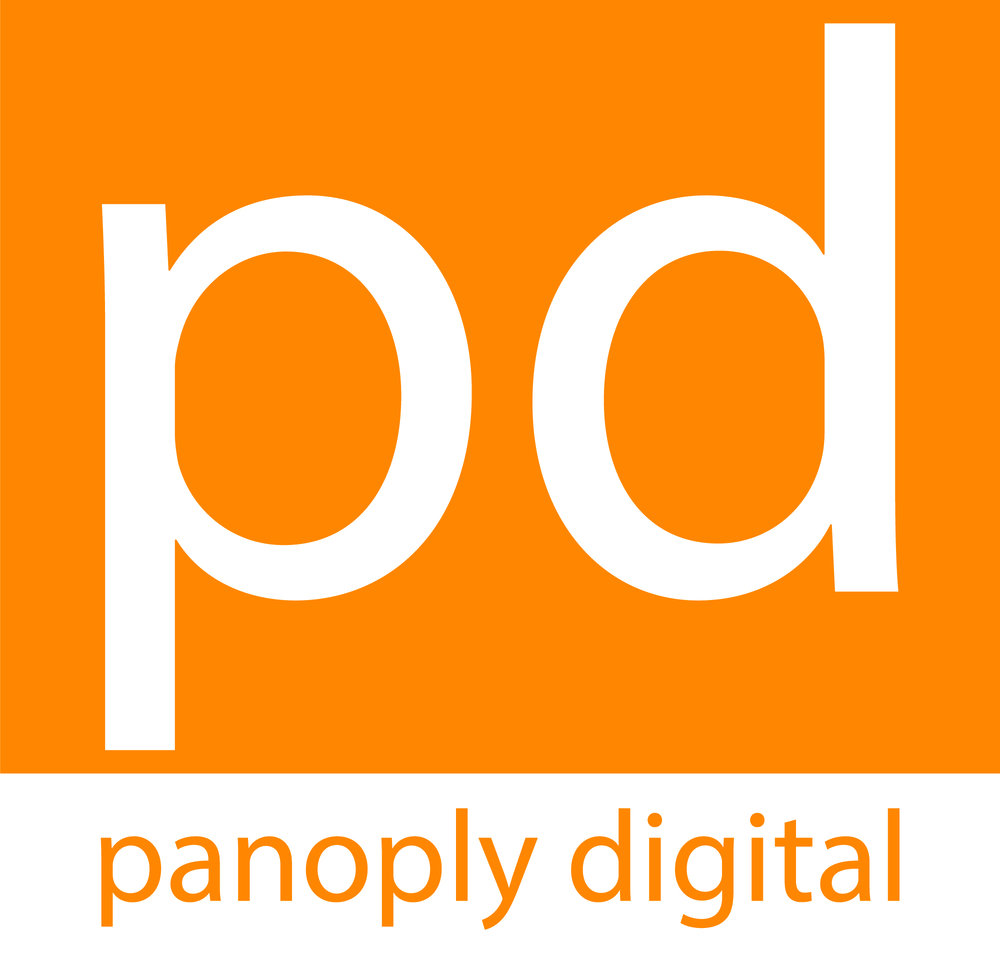This past week, I’ve been in Nairobi for workshops with the GSMA Mobile for Development Utilities team and their grantees. The GSMA M4D Utilities team promote the use of mobile networks, infrastructure and payment systems for utility services; they have given seed grants to organisations across Asia, Africa, the Pacific and the Caribbean to test how mobile can increase or improve access to sustainable energy, water and sanitation services for underserved communities. This involves generating insights and research through both quantitative and qualitative methods, and Panoply Digital are working with the GSMA team to manage the qualitative research around this.
It was a very productive week - not only because I had the opportunity to meet most of the grantees in person, but also because there were a number of external speakers, delivering workshops on really interesting issues. One of these was around M&E and the role of lean data, delivered by Acumen. For those not familiar with the concept of lean data, Acumen essentially see it as shifting the focus to the customer or user, generating data and insights that create value for the social enterprise by putting the customer first, and collecting relevant data in a time and cost-efficient way through using technology such as SMS, IVR and online surveys.
I personally really like the Acumen approach - it utilises elements of human-centred design by putting the user first, it includes commercial elements and private sector approaches to M&E, and it moves away from collecting data for data’s sake. One of the tensions I’ve always found in M&E for ICT4D projects is the M&E for the development part, and the M&E for the ICT part. Do we take more of the development approach to M&E, which tends to be more rigorous and focused on the longer-term social outcomes to the user but is much more time-consuming (eg using logframes, baselines, endlines, RCTs etc)? Or do we take the ICT / tech approach to M&E, which tends to be more fast-moving with quick results and insights, and focused on the commercial / business aspects as well as the user satisfaction and experience, but can be accused of being shallow and not as robust? My approach has often been to combine a little of the two, but it’s not always been smooth.
Which is why I do really like Acumen’s approach, and I do agree with a lot of what they say - particularly around the need to keep it lean. However, with my gender hat on, I do have to ask questions around the use of technology to collect data. It goes without saying that using technology, particularly mobile, to collect data is the smart thing to do - it’s efficient, it saves time, it saves money, it allows rapid feedback. I get that. But how are we ensuring that we are reaching women at the bottom of the pyramid through these platforms in the same way as men, and hearing their voices and opinions too?
We know that the gender digital divide means that fewer BoP women have access to mobile or the Internet, that women tend to have lower levels of technical literacy and literacy in general, and that women are much less likely to use SMS or the Internet than men. So by sending out a survey by SMS or through an online platform, there is a very real risk that women just won’t respond. And so they will be excluded from the data collection process, and therefore from having their opinions and experiences included. You may argue that using a IVR survey may overcome this, since a voice line can overcome issues of literacy, and women tend to use voice more than any other service. I agree - this would be a good compromise, but with the caveat that any IVR survey will need to think carefully about signposting, instructions, repetition and voices to ensure that female users are able to utilise it as fully as male users.
To me, the key point is that there is a lot to be said for the use of mobile technology in M&E, and I do really believe that it can revolutionise the way we collect and think about data. But we do need to make sure that this use of digital data collection tools doesn’t just replicate the gender digital divide in the M&E space too; like with any digital solution, they need to be designed for a female user experience as well as a male.
What do you think? Do you agree? Is there anything you’ve done to ensure women are reached in your digital M&E? Let us know in the comments!
